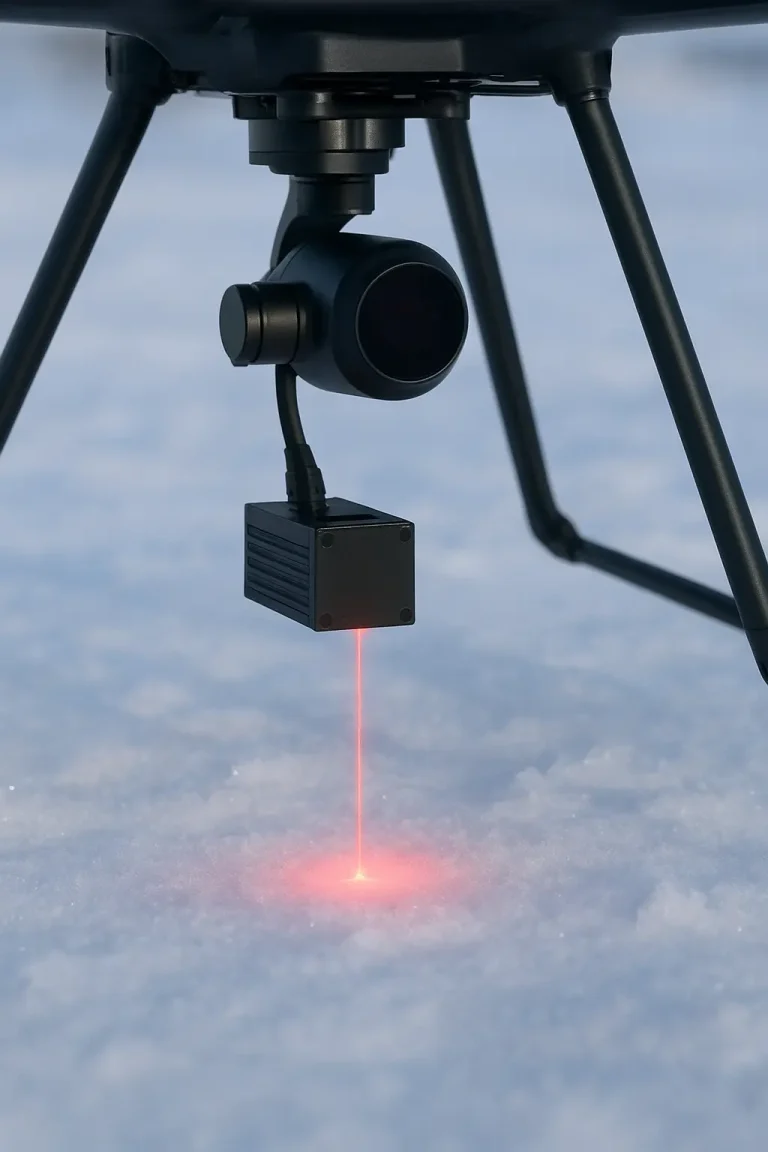How to Minimize Sunlight Interference in Outdoor Laser Distance Measurement
Outdoor laser distance measurement has become an indispensable tool across various industries, from construction and surveying to agriculture and autonomous vehicles. However, professionals often face a significant challenge when working in outdoor environments: sunlight interference laser sensor. The bright sunlight can introduce noise, reduce accuracy, and compromise the reliability of measurements. Understanding how to minimize these issues is crucial for obtaining precise distance readings in broad daylight conditions.
In this article, we will explore practical strategies and technologies designed to reduce the impact of sunlight interference on laser sensors, ensuring consistent and accurate performance in outdoor applications.
Understanding Sunlight Interference Laser Sensor Challenges
Laser distance sensors operate by emitting a laser beam toward a target and measuring the time it takes for the light to reflect back. While this technology works well indoors or in controlled lighting, outside environments introduce unpredictable factors. Sunlight, especially direct and intense sunlight, contains a broad spectrum of light that can overlap with the laser sensor’s wavelength, creating interference.
This interference manifests as “noise” in the sensor readings, leading to:
- Reduced detection range
- False readings or “ghost” signals
- Inconsistent measurements due to fluctuating light conditions
Addressing these challenges begins with understanding the nature of sunlight interference and how laser sensor technology interacts with ambient light.
Use Wavelength Selection to Minimize Sunlight Interference
One effective way to combat sunlight interference laser sensor issues is by carefully selecting the laser wavelength. Sunlight covers the entire visible spectrum and extends into infrared, but its intensity varies across different wavelengths. Choosing a laser wavelength that experiences less ambient light interference can significantly improve sensor reliability.
Many outdoor laser sensors operate in the near-infrared range, around 905 nm or 1550 nm. Of these, 1550 nm lasers are less susceptible to sunlight interference because the atmosphere scatters less light at this wavelength, and the sun’s radiant power is lower compared to visible wavelengths. Additionally, the 1550 nm range is safer for human eyes, permitting higher laser power output, which can further improve signal-to-noise ratio.
Implement Optical Filters and Modulation Techniques
Optical filters are critical components for suppressing unwanted sunlight at wavelengths outside the laser emission range. By integrating narrow-bandpass filters centered on the laser wavelength, only the reflected laser light passes through to the sensor’s photodiode, while solar radiation at other wavelengths is blocked. This selective filtering greatly reduces ambient light noise.
In addition to physical filters, advanced modulation techniques help distinguish the laser pulse from sunlight. Sensors modulate the laser beam at a specific frequency, then use synchronous detection to “lock onto” the returned signal only at that frequency. Because sunlight is not modulated, the sensor can effectively reject background light, improving measurement accuracy.
Optimize Sensor Placement and Shielding
Another practical step is to optimize the physical setup of the laser sensor system. Position the sensor in such a way that it minimizes direct exposure to the sun. Using shading devices like hoods or visors can physically block direct sunlight from hitting the sensor lens, significantly decreasing interference.
It’s also beneficial to avoid reflective surfaces in the sensor’s field of view that may bounce sunlight back to the receiver. Reflective ground surfaces such as concrete or water can amplify background light and worsen interference. Adjusting the sensor angle or using anti-reflective coatings can mitigate these effects.
Use Advanced Signal Processing Algorithms
Modern laser distance measuring devices often incorporate sophisticated signal processing algorithms to further reduce sunlight interference. These algorithms analyze the return signal’s time and intensity profile to discriminate between genuine reflections and noise caused by sunlight.
Techniques such as thresholding, averaging multiple measurements, and digital filtering help smooth out erratic readings. More advanced systems leverage machine learning models trained to recognize and compensate for interference patterns under varying sunlight conditions.
Choose Sensors with Higher Power and Sensitivity
Increasing the strength of the emitted laser pulse enhances the signal-to-noise ratio. In practice, selecting sensors with higher laser power outputs and more sensitive photodetectors improves the ability to detect weak reflections even in strong sunlight.
However, this approach must comply with safety standards, particularly eye safety limits. Sensors operating in the 1550 nm wavelength range permit higher laser power without compromising safety, making them ideal for outdoor distance measurements amidst strong sunlight interference.
Conclusion
Sunlight interference laser sensor issues pose a real challenge to outdoor laser distance measurement accuracy. But by understanding the factors contributing to sunlight noise and implementing a combination of solutions—such as choosing optimal laser wavelengths, using optical filtering and modulation, optimizing sensor placement, applying advanced algorithms, and selecting higher power sensors—this interference can be minimized significantly.
Adopting these measures ensures that your laser distance measurements remain accurate and reliable even under harsh sunlight conditions, empowering various outdoor applications to achieve their measurement goals effectively. With technology continually advancing, overcoming sunlight interference has become easier than ever, making laser distance measurements outdoors more accessible and dependable.




